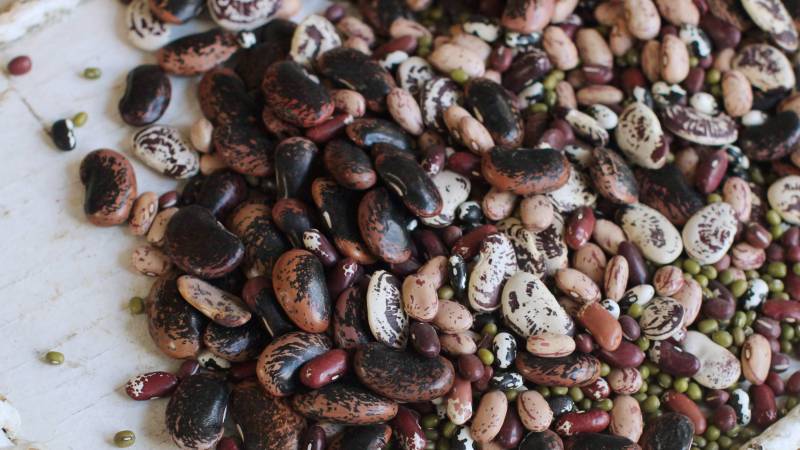Remember the early days of the pandemic when shoppers scoured grocery shelves for flour, yeast and beans? Since then, we've seen ample evidence of people baking sourdough and banana bread on social media ... but what about all those beans?
Bean sales shot up 70% in March, says Tim D. McGreevy, CEO of USA Pulses, a not-for-profit lobbying group representing the dried pea, lentil and chickpea industry. He adds that the trend has diminished but not entirely stopped. In June, orders were still 30% higher than normal.
"I went out, I bought pounds of beans and put them proudly on my shelf," says Kyla Wazana Tompkins, a Pomona College professor and former food writer. This, in spite of the fact that Tompkins does not even really like beans. "I went to this primal brain space. I had this survival story in my head and now I've got it on my shelf, and I don't think I'll use them until the actual end times."
Tompkins is hardly alone. An inquiry on this reporter's Facebook page yielded dozens of stories of bean buyers' remorse. That pains Steven Sando, the proprietor of the high-end heirloom bean company, Rancho Gordo. Back in March, Sando found himself bombarded with orders — more than 17,000 of them, he says. As a result, there's a waiting list for 20 different varieties of beans on his website. His staff, he says, is struggling to meet demand for items still in stock, such as flageolet and yellow eye beans.
"The thought of them sitting in a dark pantry makes me ill," he says.

9(MDAxOTAwOTE4MDEyMTkxMDAzNjczZDljZA004))